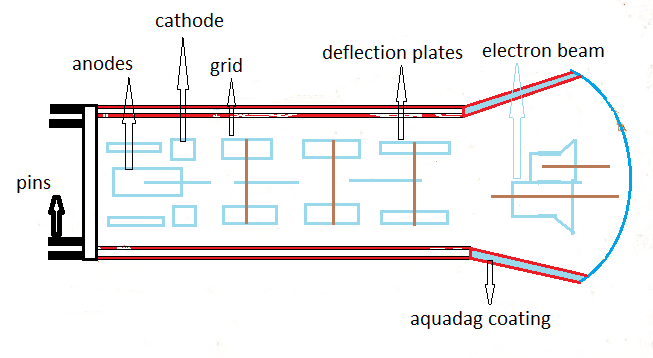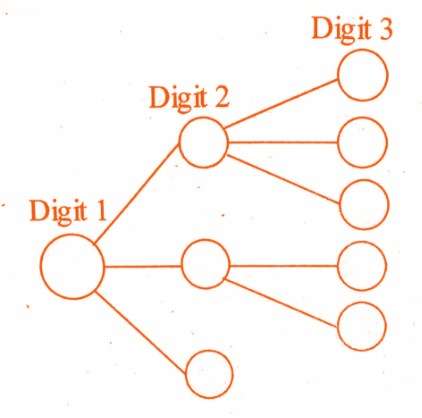Calibration is a process of checking and adjusting the accuracy of measuring instruments or equipment to ensure that they are functioning within their specified tolerances. Calibration is essential in ensuring the accuracy and precision of measurement instruments, and it is required in various industries such as manufacturing, healthcare, and laboratory testing.
Types of Calibration:
- Primary Calibration: This involves the use of standard reference equipment that has traceability to national or international standards.
- Secondary Calibration: This involves the use of equipment that has been calibrated by a primary calibration laboratory.
- In-house Calibration: This involves the calibration of equipment done by the user in their own facility, using calibrated instruments.
- External Calibration: This involves the calibration of equipment done by an external calibration service provider.
Purpose of Calibration:
The purpose of calibration is to ensure that measuring instruments or equipment are functioning within their specified tolerances. Calibration is essential in maintaining the quality and accuracy of measurements, which is crucial in ensuring that products are of the right quality and that processes are efficient.
Procedure of Calibration:
- Preparation: Gather all the necessary tools and equipment needed for the calibration process.
- Inspection: Visually inspect the equipment for any signs of wear and tear, and ensure that it is clean and free from any debris.
- Set up: Set up the equipment according to the manufacturer’s instructions, and ensure that it is stable and secure.
- Test: Perform a series of tests to check the accuracy and precision of the equipment.
- Adjust: If necessary, make adjustments to the equipment to bring it within its specified tolerances.
- Documentation: Document the results of the calibration process, including any adjustments made to the equipment.
- Traceability: Ensure that the calibration is traceable to national or international standards.
- Record Keeping: Keep records of all calibration activities, including the date of the calibration, the person who performed it, and the results of the tests.
Conclusion:
Calibration is an essential process in ensuring the accuracy and precision of measuring instruments and equipment. It is crucial to follow the proper calibration procedures to maintain the quality and accuracy of measurements, which is essential in various industries.




